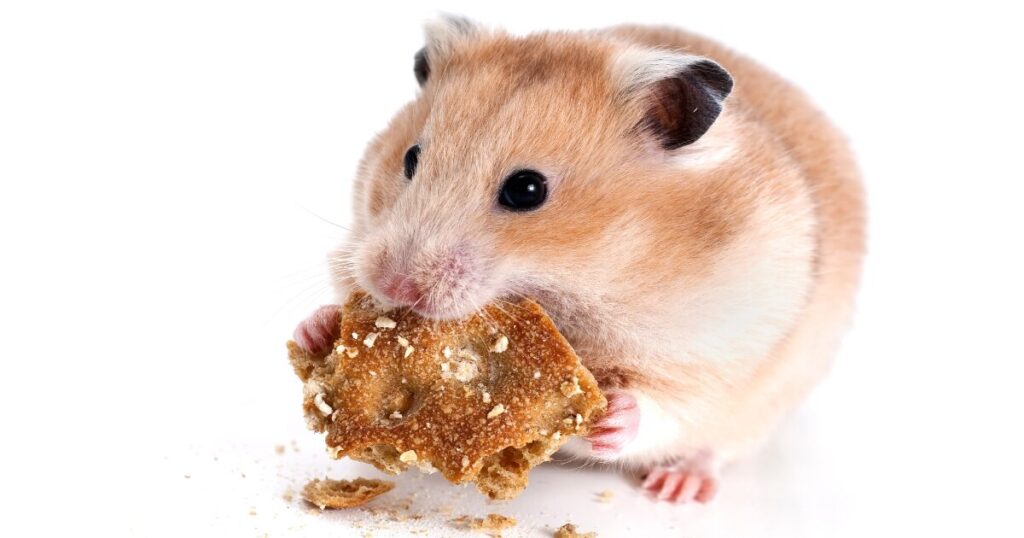
Introduction
If you’ve ever watched a hamster scurry around its cage, stuffing its cheeks full of food and then zooming off like a tiny furry rocket, you’ve probably wondered: What do hamsters really eat to stay so lively and full of energy? Whether you’re a brand-new hamster parent, a teen looking to give your pet the best care, or an ethical pet advocate passionate about animal welfare, understanding the best food for hamsters is absolutely crucial.
Hamsters may be small, but their nutritional needs are surprisingly complex. Feeding them right isn’t just about tossing some seeds into a bowl and calling it a day. It’s about giving them a balanced diet that fuels their tiny bodies, supports their health, and keeps them happy for years to come. After all, a hamster’s diet affects everything—from their shiny fur and sharp teeth to their energy levels and even their mood.
Unfortunately, many hamster owners fall into common pitfalls—relying on cheap, low-quality mixes filled with fillers and sugary bits that can cause health problems. But don’t worry! With a little knowledge and some guidance, you can choose the best food for hamsters that’s tailored to their unique needs, whether they’re babies, adults, or seniors.
In this ultimate guide, we’re going to break down everything you need to know about feeding your hamster. From age-specific diets and the debate between fresh versus packaged food, to fun treats and even simple homemade recipes—this is your one-stop shop for hamster nutrition! You’ll learn how to spot the healthiest options, avoid dangerous mistakes, and keep your little pal zooming happily around their cage.
Ready to become a hamster feeding pro? Let’s dive in and discover what hamsters really eat and how to give them the best diet possible!
Let’s dive in and uncover the best food for hamsters of all ages!
Why Choosing the Best Food for Hamsters is the Key to a Happy, Zoomy Pet!
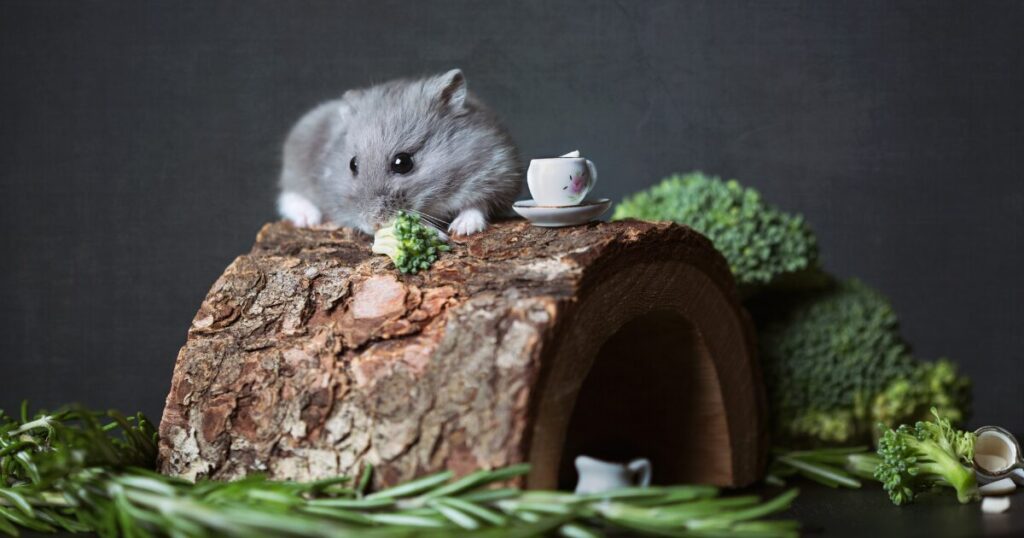
Watching a hamster zoom around its cage, stuffing its cheeks with snacks, is pure joy! But what makes your little furball so full of energy and excitement? The answer lies in the food you choose. Selecting the best food for hamsters is absolutely crucial for keeping your pet healthy, happy, and zooming with delight.
Hamsters might be small, but their dietary needs are big. They are omnivores, which means they need a balanced diet of seeds, grains, fresh veggies, fruits, and some protein. The best food for hamsters provides the right mix of nutrients to support their energy, growth, and overall wellbeing. A poor diet can lead to health problems like obesity, dental issues, and lethargy, while a well-balanced diet encourages shiny fur, strong teeth, and playful behavior.
Many people think hamsters eat only seeds, but seeds alone don’t provide all the nutrients hamsters need. High-quality pellets, combined with fresh vegetables and occasional treats like mealworms, create a well-rounded diet. This variety helps your hamster stay physically healthy and mentally stimulated.
Good nutrition also means better behavior. A well-fed hamster is more active, social, and curious. Feeding time can be a fun opportunity to engage your hamster with enrichment activities, like hiding food or using puzzle feeders. This keeps their little minds sharp and happy.
Finally, feeding your hamster the best food for hamsters can actually help them live longer. Proper nutrition supports their immune system and overall health, meaning fewer illnesses and more years of zooming fun.
In short, the food you choose makes a huge difference in your hamster’s life. By providing the best food for hamsters, you’re giving them the gift of health, happiness, and endless energy!
The Best Food for Hamsters by Age: What Baby, Adult, and Senior Hamsters Need
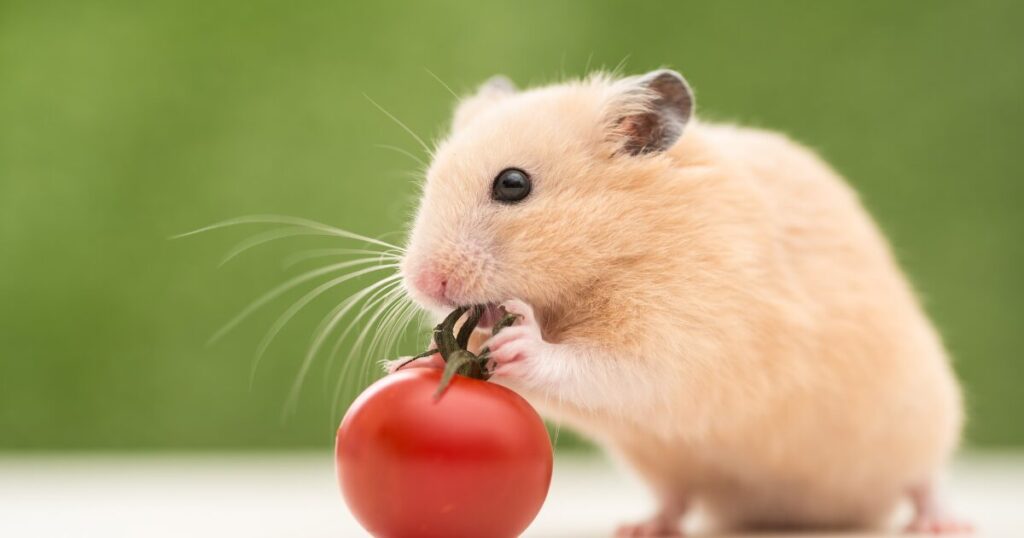
Just like humans, hamsters have changing dietary needs as they grow. Here’s how to find the best food for hamsters at every life stage.
Baby Hamsters (Up to 6 Weeks)
At this tender stage, baby hamsters mostly nurse from their mothers. Once they’re ready for solids, introduce:
- Soaked pellets or grains (for easy chewing)
- Soft veggies like cucumber or steamed carrots
- Small amounts of cooked egg or chicken for protein
Their developing bodies need extra protein and calcium to grow strong bones and teeth.
Adult Hamsters (6 Weeks to 1.5 Years)
This is the prime of a hamster’s life, and a balanced diet becomes critical. Focus on:
- High-quality pellet food as a base
- A variety of seeds, grains, and fresh vegetables
- Protein sources like mealworms (live or freeze-dried)
- Occasional fruits (like apple slices or banana chips) as treats
A rotation of fresh and dry foods keeps them engaged and nourished.
Senior Hamsters (1.5 Years and Older)
As hamsters age, they may slow down and develop dental or digestive issues. Adjust their diet to include:
- Softer pellets or moistened food
- Easily digestible veggies
- Low-sugar, low-fat options
- Reduced protein if kidney issues arise
The best food for senior hamsters supports joint health, digestion, and energy levels without overloading their systems.
Fresh vs. Packaged: Finding the Best Food for Hamsters That’s Tasty and Nutritious
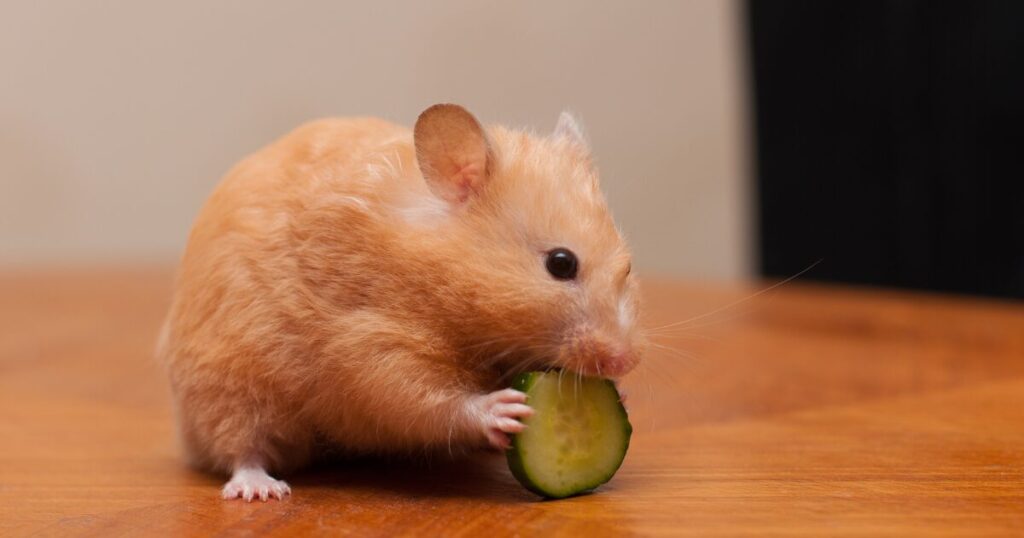
When it comes to feeding your hamster, one of the biggest questions pet owners face is: Should I feed fresh food, packaged food, or a combination of both? The truth is, both fresh and packaged foods have their place in providing the best food for hamsters—but understanding their benefits and drawbacks will help you make the best choice for your furry friend.
Why Packaged Food is Popular and Important
Packaged hamster food, like commercial pellets or seed mixes, is designed to provide a convenient, balanced diet that meets many of your hamster’s nutritional needs. These foods are typically formulated by experts to contain the right balance of protein, fats, fiber, vitamins, and minerals. That means they take the guesswork out of feeding, making it easier for owners to ensure their hamster gets the best food for hamsters without constant meal prep.
Pellets, in particular, are an excellent staple because they contain everything your hamster needs in one compact, nutritionally balanced bite. Compared to seed mixes, which can sometimes lead to selective eating (hamsters choosing their favorite seeds and ignoring the rest), pellets encourage a well-rounded diet and reduce the risk of nutrient deficiencies.
Seed mixes, while tasty and fun for your hamster to forage through, can sometimes include filler ingredients or high-fat seeds that can cause obesity if fed exclusively. However, when combined with pellets and fresh foods, they provide variety and enrichment, which is vital for your hamster’s happiness.
The Perks of Fresh Food for Hamsters
Fresh food is where things get exciting—because it means you get to spoil your hamster with tasty, natural treats that boost their nutrition and hydration. Vegetables like carrots, broccoli, cucumber, and leafy greens provide essential vitamins and minerals that packaged foods might not cover completely.
Fresh fruits such as apples, pears, or berries offer antioxidants and a bit of natural sweetness that your hamster will love. But be careful—fruits should only be given in moderation due to their sugar content.
Fresh food also adds moisture to your hamster’s diet, which is important for hydration, especially if your pet doesn’t drink enough water. It can help prevent urinary and kidney problems that sometimes affect small animals.
Balancing Fresh and Packaged Foods for the Best Food for Hamsters
The real magic happens when you combine fresh and packaged foods to give your hamster a diet that’s both nutritious and stimulating. Packaged pellets or a high-quality mix should form the core of your hamster’s diet—making up about 70-80% of their daily intake. This ensures they get consistent, balanced nutrition.
Fresh veggies and occasional fruits make up the remaining 20-30%, adding variety, enrichment, and important nutrients. Rotate the types of fresh foods you offer to keep your hamster curious and prevent any digestive issues from sudden diet changes.
What to Avoid When Feeding Fresh Food
While fresh food is fantastic, it comes with some caveats. Certain foods are toxic to hamsters—like onions, garlic, citrus fruits, raw beans, and chocolate—so always double-check before introducing anything new.
Also, avoid feeding your hamster large amounts of watery vegetables like lettuce, which can cause diarrhea. Fresh food should be given in small portions to avoid spoilage and maintain hygiene in the cage. Uneaten fresh food should be removed promptly to prevent mold and bacteria buildup.
Making Packaged Food Work for Your Hamster
Not all packaged foods are created equal. Choose premium brands with minimal fillers, no artificial colors or preservatives, and a nutrient profile that suits your hamster’s life stage and health needs. Reading the ingredient list carefully helps you avoid low-quality seed mixes that can contribute to obesity or malnutrition.
Switch foods gradually to avoid upsetting your hamster’s sensitive digestive system, and consider mixing a few brands or varieties to keep mealtime interesting.
The Verdict: What’s the Best Food for Hamsters?
Ultimately, the best food for hamsters is a combination of high-quality packaged pellets and fresh, hamster-safe fruits and veggies. This approach ensures your hamster enjoys a tasty, nutritious, and well-rounded diet that supports their health, energy, and happiness.
So don’t stress about choosing between fresh and packaged. Use them together to create a vibrant, exciting, and healthy meal plan your hamster will love. After all, a well-fed hamster is a zoomy hamster!
Fresh Food Must-Haves
Fresh produce brings hydration, flavor, and variety. Offer in moderation:
- Leafy greens (spinach, kale)
- Root veggies (carrot, sweet potato)
- Low-sugar fruits (apple, pear)
Always wash produce and remove uneaten fresh food daily to prevent mold.
For the best food for hamsters, a combo of premium packaged pellets + fresh produce is your winning formula.
Sneaky Snacks and Treat Time: How to Mix Fun with the Best Food for Hamsters
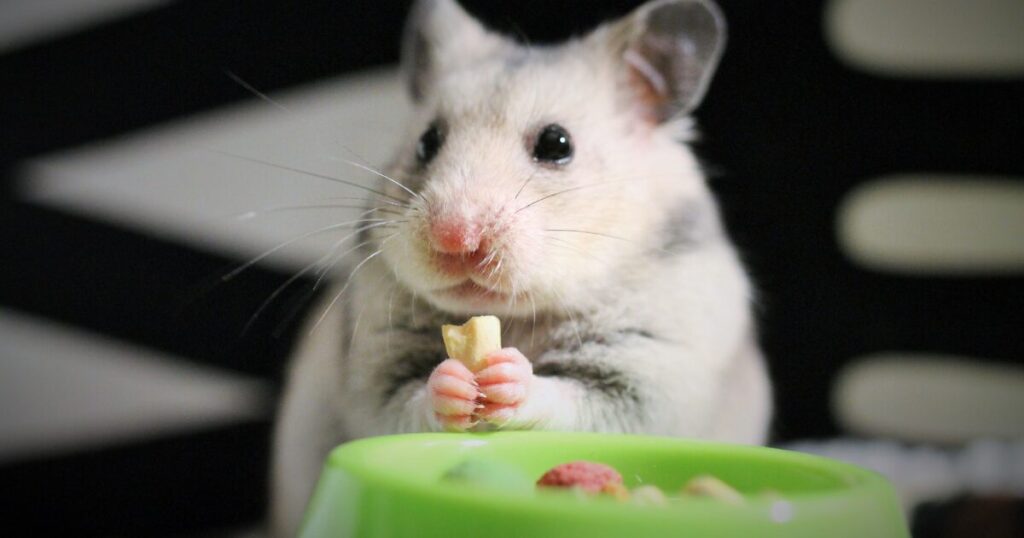
Let’s be honest—treat time is the best time! But too many snacks can lead to an unhealthy hamster. Here’s how to sprinkle in fun while still focusing on the best food for hamsters.
Healthy Hamster Treat Ideas:
- Small piece of unsalted peanut
- A sliver of banana or blueberry
- Boiled egg (tiny portion)
- Oat flakes
- Unsweetened plain cereal (like Cheerios)
How Often?
1–2 times per week is plenty. Treats should make up no more than 10% of their diet.
Enrichment & Fun
Hide treats in cardboard tubes, puzzle toys, or scatter them for foraging fun. This taps into natural behaviors and keeps your hamster mentally stimulated.
Treats should reward good behavior, aid training, or add excitement—not replace meals. The best food for hamsters keeps fun and function balanced!
Avoid These! Common Mistakes When Picking the Best Food for Hamsters
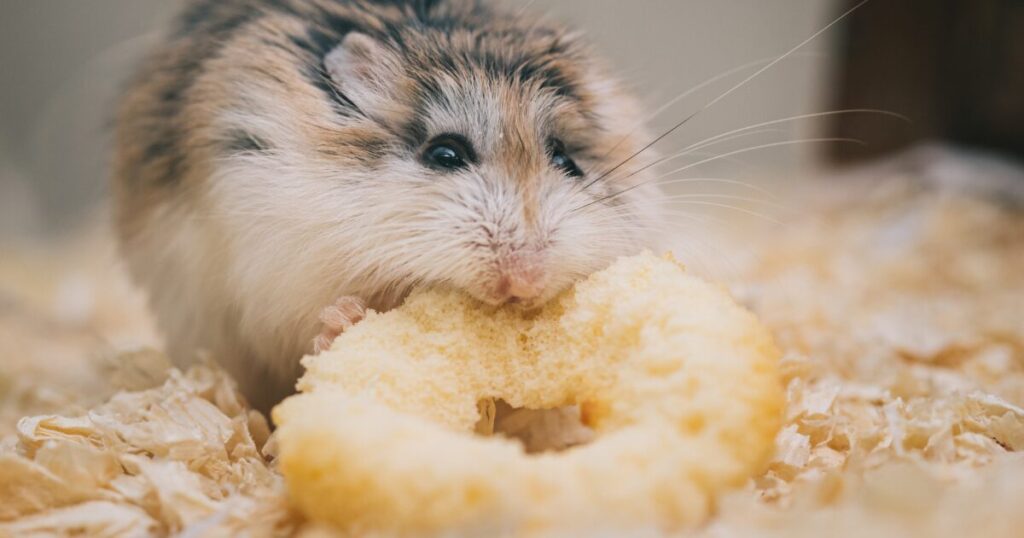
Even well-meaning pet parents can slip up. Here are the most common mistakes to avoid when choosing the best food for hamsters:
❌ Overfeeding seeds and nuts
Too much fat leads to obesity. Sunflower seeds are fine in moderation but shouldn’t be the main event.
❌ Buying colorful commercial mixes
Those pretty green and pink bits? Often just dyed sugar chunks. Go natural and skip artificial ingredients.
❌ Ignoring portion sizes
Hamsters hoard! Just because the bowl is empty doesn’t mean they’ve eaten everything.
❌ Skipping fresh food
Fresh produce keeps them hydrated and adds vital nutrients. Don’t rely solely on dry mixes.
❌ Not adjusting diet for age or health
A one-size-fits-all diet doesn’t work. The best food for hamsters is always tailored to their stage of life.
Avoiding these slip-ups can help your hamster live longer and healthier—while giving you peace of mind.
DIY Hamster Cuisine: Make the Best Food for Hamsters Right From Your Kitchen
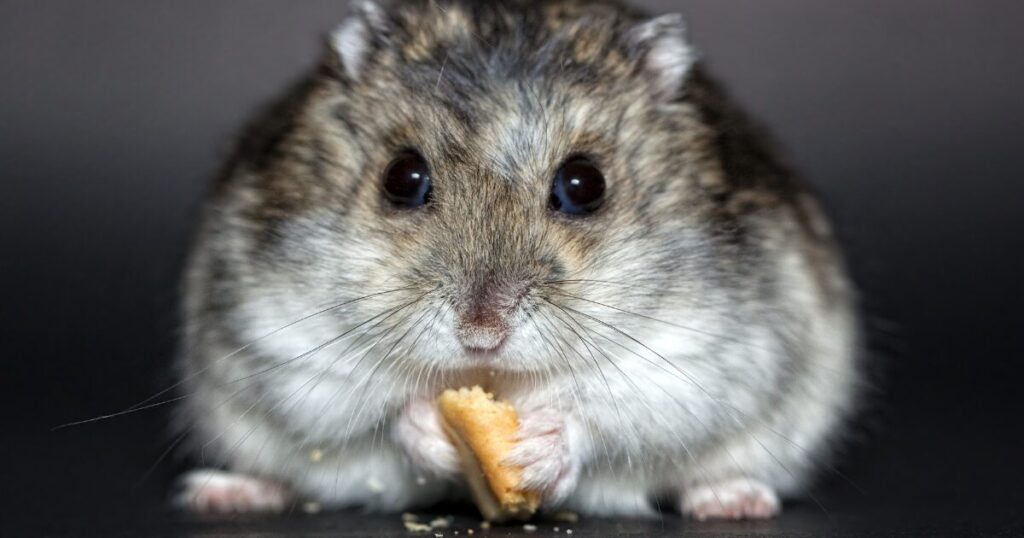
If you’re passionate about giving your hamster the absolute best, nothing beats preparing some homemade meals and treats right from your own kitchen. Creating DIY hamster food lets you control exactly what goes into their diet, ensuring freshness, quality, and variety — all crucial components of the best food for hamsters. Plus, it’s a fun way to bond with your furry friend and add some excitement to their daily routine!
Why Go DIY?
Store-bought hamster foods can be convenient, but sometimes they contain fillers, artificial ingredients, or high levels of fat and sugar. Making your own hamster cuisine is an opportunity to avoid these downsides while tailoring meals to your hamster’s specific needs — whether they’re a growing baby, an active adult, or a gentle senior.
DIY food also allows you to experiment with new flavors and textures that packaged food might lack. Hamsters love variety, and homemade dishes can add a burst of excitement to their diet, encouraging better eating habits and mental stimulation.
Key Ingredients for DIY Hamster Food
The foundation of homemade hamster food is balance. Hamsters need proteins, carbohydrates, fats, fiber, vitamins, and minerals — all in the right proportions.
Proteins can come from sources like cooked egg, small amounts of cooked chicken, mealworms (dried or live), or plain yogurt. These support growth, tissue repair, and energy.
Carbohydrates and fiber come from grains such as cooked brown rice, oats, barley, or small bits of whole wheat bread. Fiber is important for digestive health.
Fruits and vegetables provide essential vitamins and hydration. Safe options include carrots, broccoli, spinach, cucumber, apple (without seeds), and pumpkin. Remember to introduce new veggies slowly and in moderation to avoid tummy troubles.
Healthy fats are found in small amounts in nuts and seeds like sunflower seeds, pumpkin seeds, and flaxseeds, but these should be offered sparingly because of their high calorie content.
Simple DIY Recipes for the Best Food for Hamsters
Here are some easy recipes you can try that combine balanced nutrition with tasty ingredients:
1. Hamster Veggie Medley Mix:
Chop a small amount of carrot, broccoli, and cucumber finely. Mix with a tablespoon of cooked oats and a pinch of mealworms. Serve fresh and remove leftovers after a few hours.
2. Protein Boost Bites:
Mash half a boiled egg with a teaspoon of plain yogurt. Add a small sprinkle of crushed sunflower seeds. This treat is great for baby hamsters or nursing moms.
3. Fruity Treat Balls:
Mix a small amount of mashed apple with cooked brown rice and a few oats. Shape into tiny balls and serve as occasional treats.
Tips for Safe DIY Feeding
When preparing DIY hamster food, hygiene is key. Always wash your hands and utensils, and avoid using any ingredients that could spoil quickly. Remove any uneaten fresh food after a few hours to prevent mold and bacteria, which can harm your hamster.
Introduce new ingredients gradually to avoid upsetting your hamster’s digestive system. Watch for any signs of allergies or discomfort, such as diarrhea or changes in behavior, and adjust accordingly.
Avoid Harmful Ingredients
While DIY feeding opens up many delicious options, some foods are toxic or dangerous to hamsters and must never be given. These include onions, garlic, raw beans, citrus fruits, chocolate, and anything sugary or salty. Always double-check before introducing new ingredients, and stick to hamster-safe foods to keep your pet safe and healthy.
The Joy of Homemade Hamster Cuisine
Making your own hamster food lets you tailor the diet to your pet’s preferences and needs. It’s also an affordable way to provide fresh, wholesome meals without relying solely on commercial products. Plus, it’s incredibly rewarding to see your hamster eagerly nibble on something you crafted just for them!
So, if you want to give your hamster the best food for hamsters that’s fresh, nutritious, and full of love, try incorporating some DIY cuisine into their feeding routine. Your hamster will thank you with endless zoomies and adorable little happy dances!
Conclusion
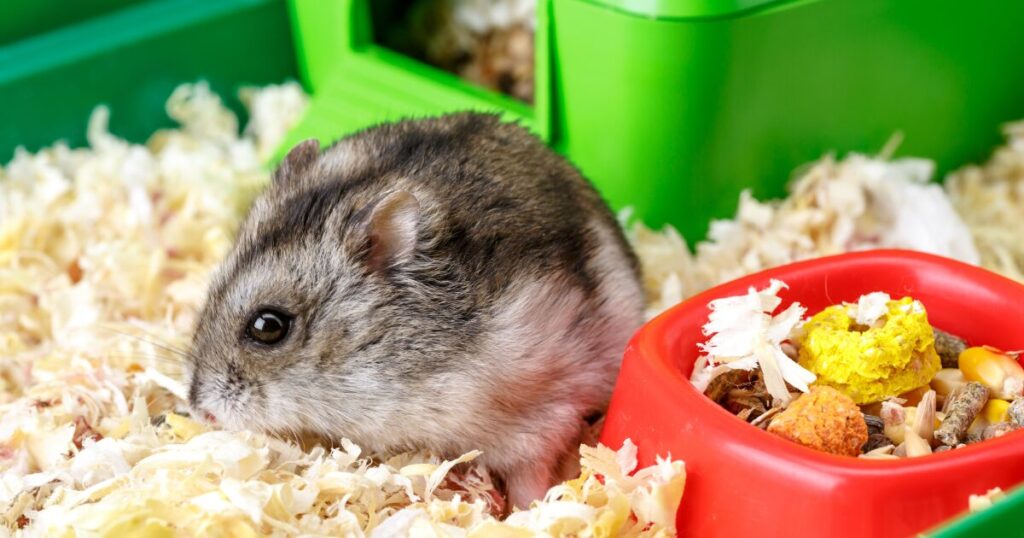
Feeding your hamster isn’t just a daily task—it’s one of the most important ways you show them love. Choosing the best food for hamsters ensures your little buddy stays healthy, active, and full of personality. Whether you’re caring for a baby hamster, an energetic adult, or a slow-moving senior, providing the right nutrition at every stage makes a world of difference.
With the right mix of high-quality pellets, fresh veggies, occasional protein, and fun treats, you’re not just supporting their physical health—you’re also enriching their life. And let’s be honest: a well-fed hamster is a happy, zoomy hamster!
So next time you fill up their bowl, ask yourself: Is this the best food for my hamster? If not, now’s the perfect time to upgrade their diet and see the difference in their behavior, coat, and overall well-being.
For more information on hamster care and nutrition, visit https://thepawshub.com/ and explore expert-backed tips and resources designed to help your furry friend thrive.